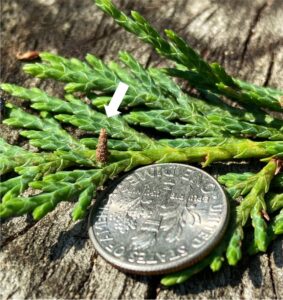Still time to Sign up for the 2025 – Rutgers Ornamental IPM Program
(Join us for the next Session Tuesday 5/27/25)
PREVIOUS SESSION: (contains information on boxwood pests, armored scales, needlecast diseases, oomycetes )
Note we have clearwing borer lures and wing or delta traps, scale crawler tape, and yellow sticky cards available to commercial grower program members at our Cumberland (twaller@njaes.rutgers.edu) and Monmouth (william.errickson@njaes.rutgers.edu) RCE offices.
ALERTS:
- Scale crawler emergence throughout the state
- Spruce spider mite activity and damage
- Boxwood Blight Risk Model for next 7days
- Bronze Birch Borer (BBB) approaching adult emergence
- Clearwing Borer adult flight – time to monitor / treat
- Red-headed flea beetle (RHFB) egg hatch – adult emergence
- Oomycete material considerations
Previous webinars:
- Click here for a PDF of April 22, 2025 webinar (contains information on RHFB and early Clearwing borer treatments) Click here for VIDEO of April 22, 2025 webinar
- Click here for a PDF of April 08, 2025 webinar (Contains information on aphids and boxwood leafminer) Click here for VIDEO of April 08, 2025 webinar
(click the ‘Read More’ below for complete dates in S-C-Northern NJ per pest)

